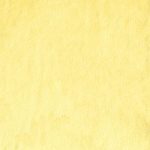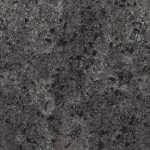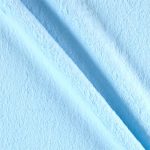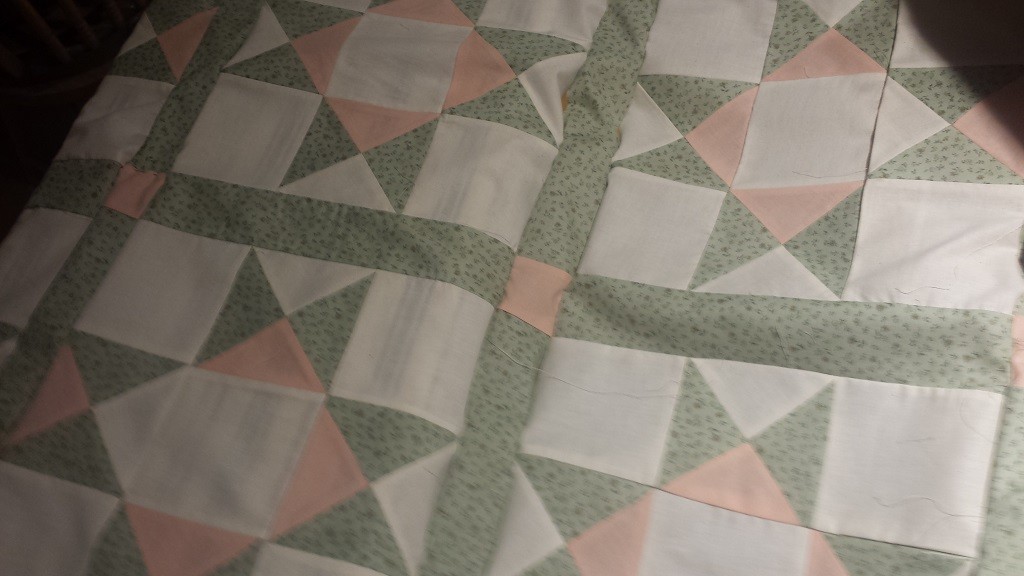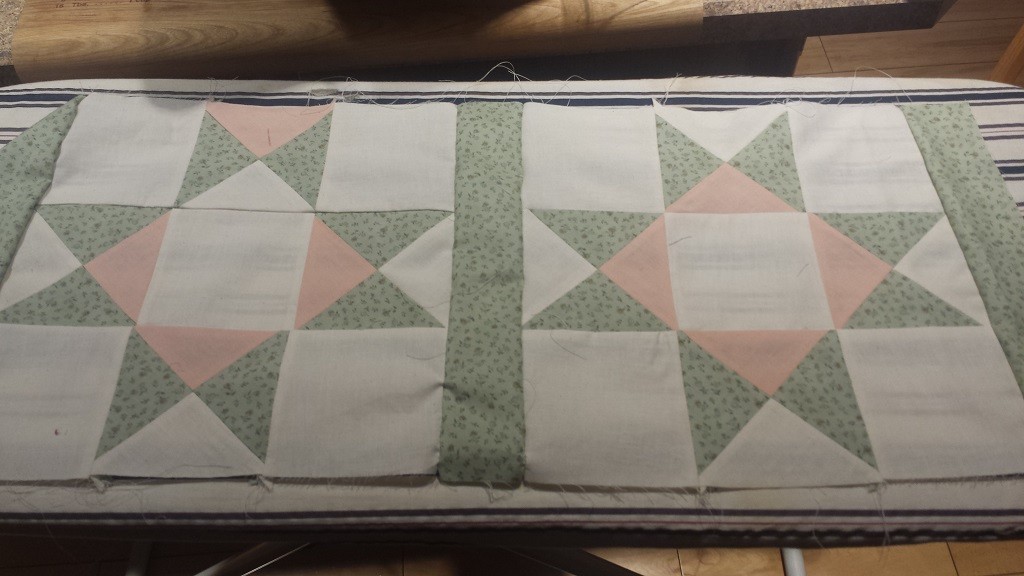I purchased a table runner kit after the holidays. I’ve never done paper piecing, but I like the Mariner’s Compass patterns. It’s a technique I wanted to learn; and I wanted a clean, modern table runner for our dining room. I didn’t see a whole lot of modern-looking quilted table runners.
I’ve watched a couple of online videos showing the paper piecing process, and thought I was ready to give it a try. Traced the A variant of the block four times, cut all of the fabric pieces, and got ready to sew. I was halfway done the first block when I realized that the instructions have a point made of a blue piece and a yellow piece. Not a darker and lighter blue or a darker and lighter yellow. Checked the B variant of the block – same thing.
Well, that’s not right! I can see the intended result and it’s clearly got points that have a shadow effect created by using a darker and lighter shade of the same color. And if you combine two of the block units, you’ll have nothing but yellow/blue points.
I ended up re-writing the fabric to be used – and realized that there isn’t actually a B variant of the block anywhere in the thing. It is 8 identical blocks. A dark blue, light yellow/dark yellow, then a light blue. That light blue connects to the dark blue on the next block.
One of the challenges of working on something new … I don’t know enough about what I’m doing to question the instructions. Until it becomes obvious (and I have to cut new pieces to re-do an entire block!)

